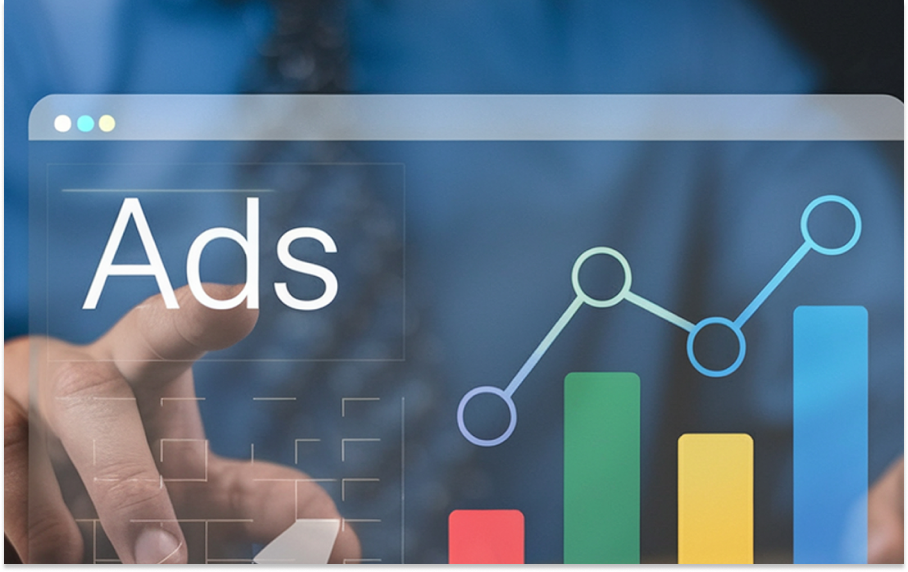

Email is a direct, cost-effective way to connect with customers, share valuable content, and generate sales leads. When guided by the best digital marketing company in Bangalore, it becomes even more powerful in driving results
Not only does it allow you to nurture leads and drive sales, but email also builds familiarity with your brand — a crucial part of any marketing strategy.
With over 4 billion email users worldwide, it’s no wonder that email is so popular as a marketing communication tool. Content Marketing Institute figures show that 87% of marketers use email marketing to broadcast their content.
In this blog post, we’ll discuss the benefits of using email marketing and offer a few tips to help you get started. Ready? Grab a beverage and get comfortable.
Email marketing is a marketing channel that lets you craft emails to existing and potential customers that engage your audience and nurture leads into sales.
Email marketing is a must for any business. Apart from social media marketing, it has the highest conversion rate of all marketing channels and delivers the best return on investment.
Search engine optimization is a process of enhancing a website’s visibility in search engine results. The better visibility your pages have in search results, the more likely it is that customers will find your site and buy your products or services.
Done right, email marketing is extremely targeted. You can segment your audience and send emails to specific groups of customers. For example, one group could be current customers while another could be potential customers who have never purchased from you before.
Emails allow you to personalize your message so it appeals directly to each customer’s needs and interests.
Often the goal at the top of a marketing funnel is to raise awareness of your brand, and email marketing is a great way to do that. You can inform or remind customers about your products, services, and general brand with email newsletters and product updates.
By sending out regular newsletters, your company stays in your customers’ minds, resulting in better brand recognition and higher sales.
Email offers a direct line to prospects and customers, which makes it an excellent channel for lead generation. If you’ve been developing customer relationships through social media, email can help convert these connections into sales leads.
Using targeted content and calls-to-action in your emails can help move recipients further along their customer journeys.
Email marketing offers easy-to-understand metrics to help you see how well your campaigns are performing. Whether you want to measure how many people opened an email or clicked on a link, there’s data available through most email marketing software that can help you track progress and optimize your open rates over time.
Email marketing generates a return on investment of $38 for every $1 spent, giving marketers the broadest reach of all marketing channels.
Even with a plethora of tools available to marketers, email marketing remains the most effective strategy for business growth.
We all know that email marketing drives high ROI, but how do you make sure your campaigns are successful? One key to improving engagement and boosting sales is personalization.
Here are some best practices to keep in mind as you develop your email marketing strategy.
Every email marketing campaign should start with a clear goal in mind. Are you using email as a customer retention tool? A conversion driver? Or are you building brand awareness and authority through content?
These goals will dictate how you integrate email into your overall marketing strategy, how often you send, what types of content you create, and more.
After you’ve set your overall goals, spend some time thinking about your individual campaign goals — the specific goals for each email campaign you send.
It’s essential to take the time to set goals for each individual campaign because it encourages thoughtful planning and makes it easier to measure results.
Don’t send emails that are just ads for products and services — instead, focus on nurturing relationships with your subscribers. You want them to feel like they can count on you for valuable information, whether or not you’re trying to sell them anything at that moment.
Sending too many sales-focused emails can make people less interested in your messages, which can hurt your long-term results.
The success of an email marketing campaign relies on many things, but the subject line is arguably one of the most vital elements.
A good subject line will get recipients to click your email and read further, which is why you want to tell customers what’s in it for them and intrigue them enough so they’ll open it.
One of the most important things to remember when sending an email is to make sure it has a clear call to action.
What do you want subscribers to do? Sign up for a webinar? Join a Facebook group? Download a coupon code? Your call to action should be the first thing people see when they open your email, so make sure it’s prominent and easy to spot.
Email marketing allows you to reach a wide audience at a very low cost. But if you’re like most people, your inbox is already overflowing with messages.
If you want your email campaigns to stand out and get noticed, you need to make sure they’re not only well-written and properly designed, but also delivered at the right time.
The best way to find out when your email gets the most interaction is to test different times and days and track your results.
Whether you’re looking to reach a large volume of leads or attempting to stay in front of existing customers, an email marketing campaign is a fail-safe way to get your message out there.
We hope these tips help you get more out of your email marketing campaigns. And if you have any questions, please don’t hesitate to reach out to us.